48 Inch Range and 'Make UP Air'
lynn
11 years ago
Featured Answer
Sort by:Oldest
Comments (6)
User
11 years agoRelated Professionals
Soledad Kitchen & Bathroom Designers · Southbridge Kitchen & Bathroom Designers · Reedley Kitchen & Bathroom Designers · South Barrington Kitchen & Bathroom Designers · Bensenville Kitchen & Bathroom Designers · 20781 Kitchen & Bathroom Remodelers · Beaverton Kitchen & Bathroom Remodelers · Chicago Ridge Kitchen & Bathroom Remodelers · Roselle Kitchen & Bathroom Remodelers · San Juan Capistrano Kitchen & Bathroom Remodelers · Schiller Park Kitchen & Bathroom Remodelers · East Moline Cabinets & Cabinetry · Rowland Heights Cabinets & Cabinetry · Wilkinsburg Cabinets & Cabinetry · Milford Mill Cabinets & Cabinetryweissman
11 years agolynn
11 years agoattofarad
11 years agokaseki
11 years ago
Related Stories
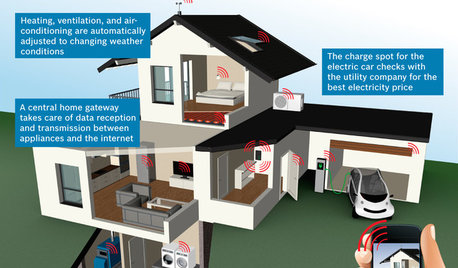
THE HARDWORKING HOMECES 2015: Inching Toward a Smarter Home
Companies are betting big on connected devices in 2015. Here’s a look at what’s to come
Full Story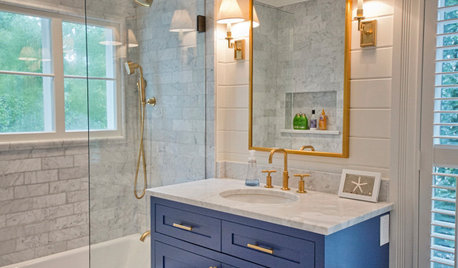
BATHROOM DESIGN12 Designer Tips to Make a Small Bathroom Better
Ensure your small bathroom is comfortable, not cramped, by using every inch wisely
Full Story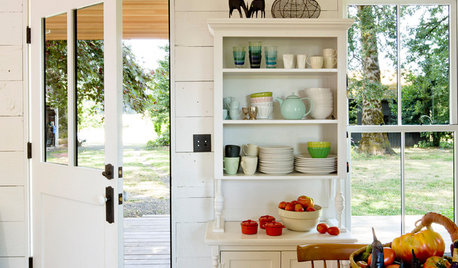
REMODELING GUIDESWake Up Rooms With the Power of Fresh Air
Even the trendiest interior designs can feel stale when your home is in permanent lockdown. Look to windows and doors for the solution
Full Story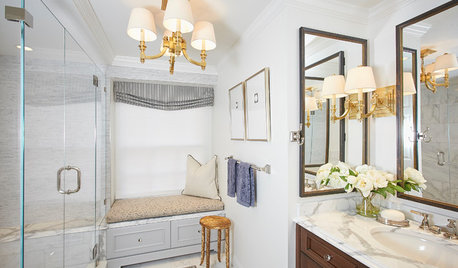
ROOM OF THE DAYRoom of the Day: Small Master Bath Makes an Elegant First Impression
Marble surfaces, a chandelier and a window seat give the conspicuous spot the air of a dressing room
Full Story
HEALTHY HOMEA Guide to Indoor Air Purifiers
Get the lowdown on air filtration systems for your house and the important ratings to look out for
Full Story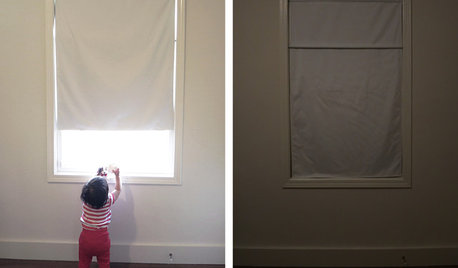
DIY PROJECTSHow to Make a Top-Down, Bottom-Up Window Shade
Block light and control privacy high or low with a no-frills magnetic covering you can whip up for less than $30
Full Story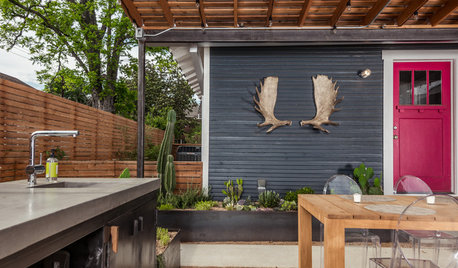
PATIOSPatio Details: See What Makes Up This Outdoor Room in Houston
Want to get the look of this patio and outdoor kitchen? Here's the lowdown on design, materials and costs
Full Story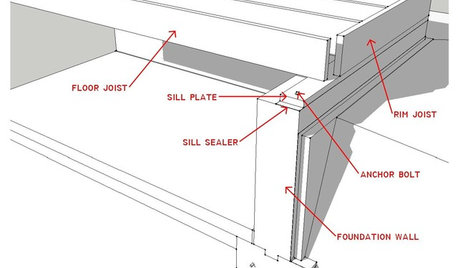
KNOW YOUR HOUSEKnow Your House: What Makes Up a Floor Structure
Avoid cracks, squeaks and defects in your home's flooring by understanding the components — diagrams included
Full Story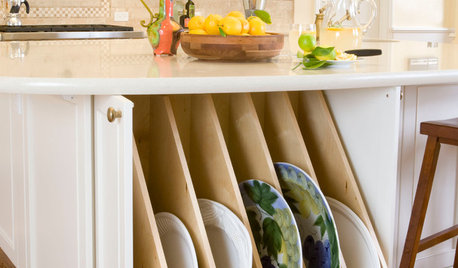
KITCHEN DESIGNKitchen Confidential: Amp Up Your Storage With Pullouts
See 12 types of cabinet pullouts that make your cooking and cleaning items easier to find and use
Full Story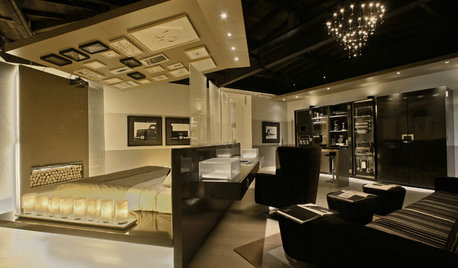
HOUZZ TOURSHouzz Tour: Luxurious Modern Loft in Buenos Aires
Step inside a bachelor pad that makes use of every square foot — right up to a gallery wall on the ceiling
Full StorySponsored
More Discussions








Trevor Lawson (Eurostoves Inc)